I am trying to understand what is time complexity of leetcode 241. Different ways to add parentheses. I have used memoization technique. My friend was asked in Google coding round, he couldn't give correct time and space complexity. I found same problem in Leetcode.
Problem: Given a string of numbers and operators, return all possible results from computing all the different possible ways to group numbers and operators. The valid operators are +, - and *.
Example 1:
Input: "2-1-1"
Output: [0, 2]
Explanation:
((2-1)-1) = 0
(2-(1-1)) = 2
Example 2:
Input: "2 * 3 - 4 * 5"
Output: [-34, -14, -10, -10, 10]
Explanation:
(2*(3-(4*5))) = -34
((23)-(45)) = -14
((2*(3-4))*5) = -10
(2*((3-4)*5)) = -10
(((2*3)-4)*5) = 10
Code:
import java.util.*;
class Solution {
Map<String, List<Integer>> map = new HashMap<>();
public List<Integer> diffWaysToCompute(String input) {
if(map.containsKey(input)) {
return map.get(input);
}
List<Integer> result = new ArrayList<>();
int length = input.length();
for(int i = 0; i< length; i++) {
char character = input.charAt(i);
if(isOperator(character)) {
String part1 = input.substring(0, i);
String part2 = input.substring(i + 1);
List<Integer> part1Result = diffWaysToCompute(part1);
List<Integer> part2Result = diffWaysToCompute(part2);
computeAndStoreResult(input, result, i, part1Result, part2Result);
}
}
//store in map...
map.put(input, result);
//this is when only one input is present.
// input 3 ==> nothing is added in result so add 3 ...
if(result.size() == 0) {
result.add(Integer.valueOf(input));
}
return result;
}
private boolean isOperator(char character) {
return character == '-' || character == '*' || character == '+';
}
private void computeAndStoreResult(String input, List<Integer> result, int i, List<Integer> part1Result, List<Integer> part2Result) {
for(Integer p1 : part1Result) {
for(Integer p2 : part2Result) {
int c= 0;
switch (input.charAt(i)) {
case '+':
c = p1+p2;
break;
case '-':
c = p1-p2;
break;
case '*':
c = p1*p2;
break;
}
result.add(c);
}
}
}
}
I have research on many sites could not find good explanation
This is how recursive tree looks like: Techinque used is divide and conquer with memoization.

Some useful links that I found.